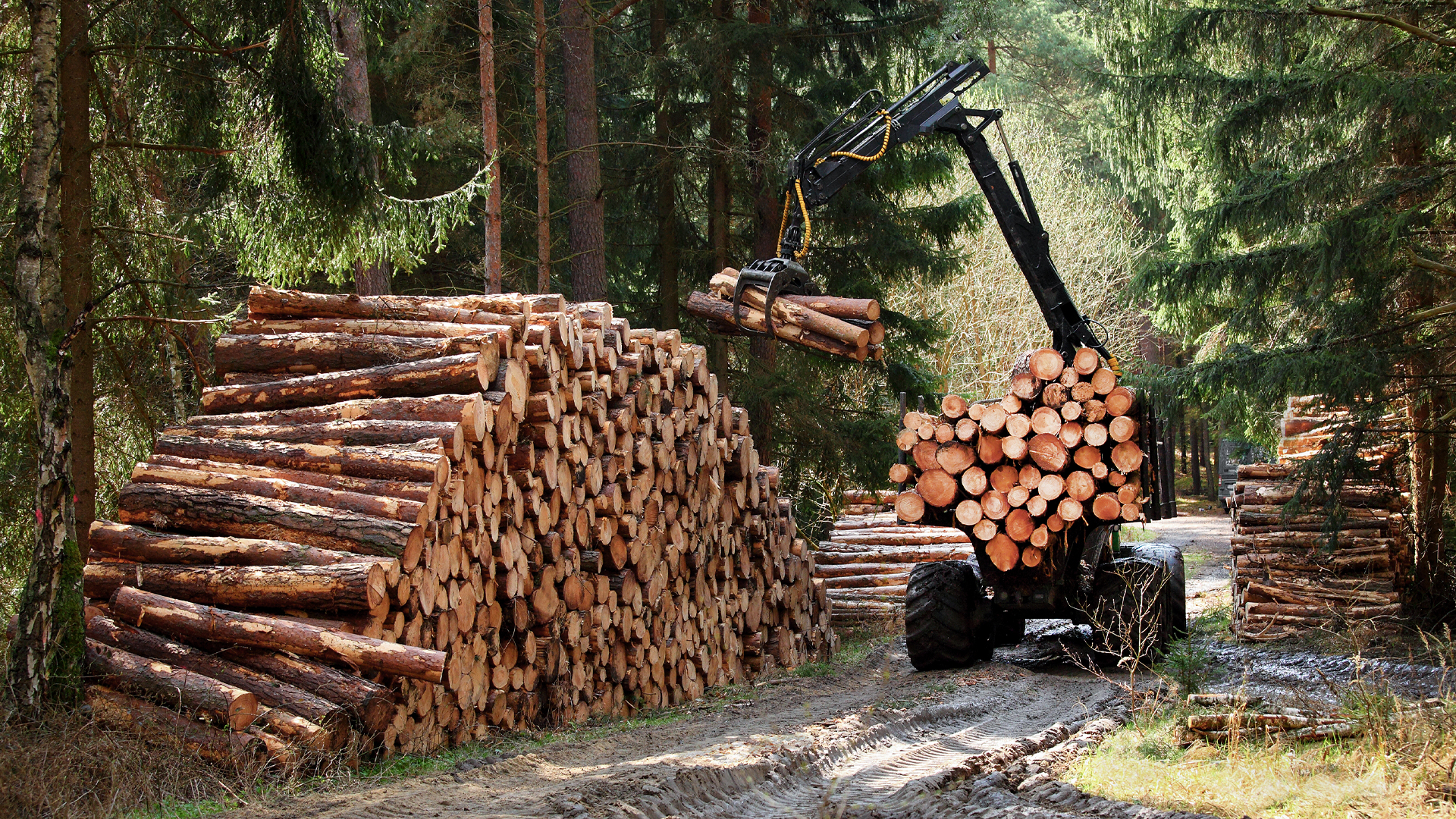TASK 1 (LINE GRAPH): FOREST INDUSTRY
The line graph below shows the production of paper, wood pulp, and sawn-wood in the UK from 1980 to 2000.
Sample Answer
The provided line graph displays the production statistics of paper & packaging, wood pulp, and sawn-wood in the United Kingdom between 1980 and 2000.
Overall, the output of paper & packaging products rose substantially and maintained the highest figures throughout the period, whereas sawn-wood experienced a steady decline. Wood pulp began the period as the least produced item but eventually overtook sawn-wood to become the second most produced by the end of the timeframe.
In 1980, approximately 225 million tonnes of paper & packaging were produced, slightly more than the 200 million tonnes of sawn-wood and significantly higher than the 175 million tonnes of wood pulp.
Paper & packaging production then experienced a steady but modest increase, reaching just under 250 million tonnes in 1990. This was followed by a more pronounced rise, peaking at slightly over 350 million tonnes in 2000—the highest figure on the chart. Notably, paper & packaging consistently held the leading position throughout the entire period.
In contrast, sawn-wood production declined steadily, falling to 150 million tonnes by 2000. As a result, it lost its second-place ranking to wood pulp and ended the period as the lowest-producing sector.
Between 1980 and 1990, wood pulp saw a moderate decline, with its output falling to around 150 million tonnes, where it equaled that of sawn-wood. However, it then recovered and increased gradually, reaching just under 200 million tonnes by 2000, thus becoming the second-largest category.
TỪ VỰNG HAY
The line graph below shows the production of paper, wood pulp and sawn-wood in the UK from 1980 to 2000.
The provided line graph displays the production statistics of paper & packaging, wood pulp, and sawn-wood in the United Kingdom between 1980 and 2000.
Overall, the output of paper & packaging products rose substantially and maintained the highest figures throughout the period, whereas sawn-wood experienced a steady decline. Wood pulp began the period as the least produced item but eventually overtook sawn-wood to become the second most produced by the end of the timeframe.
In 1980, approximately 225 million tonnes of paper & packaging were produced, slightly more than the 200 million tonnes of sawn-wood and significantly higher than the 175 million tonnes of wood pulp.
Paper & packaging production then experienced a steady but modest increase, reaching just under 250 million tonnes in 1990. This was followed by a more pronounced rise, peaking at slightly over 350 million tonnes in 2000—the highest figure on the chart. Notably, paper & packaging consistently held the leading position throughout the entire period.
In contrast, sawn-wood production declined steadily, falling to 150 million tonnes by 2000. As a result, it lost its second-place ranking to wood pulp and ended the period as the lowest-producing sector.
Between 1980 and 1990, wood pulp saw a moderate decline, with its output falling to around 150 million tonnes, where it equaled that of sawn-wood. However, it then recovered and increased gradually, reaching just under 200 million tonnes by 2000, thus becoming the second-largest category.
Vocabulary
- production statistics – số liệu sản xuất
- output of paper & packaging products – sản lượng giấy và bao bì
- rose substantially – tăng mạnh
- maintained the highest figures – duy trì số liệu cao nhất
- experienced a steady decline – giảm đều đặn
- began the period – bắt đầu giai đoạn
- overtook sawn-wood – vượt qua gỗ xẻ
- timeframe – khung thời gian
- slightly more than – nhỉnh hơn một chút
- significantly higher than – cao hơn đáng kể
- experienced a steady but modest increase – tăng nhẹ nhưng đều đặn
- pronounced rise – mức tăng rõ rệt
- peaking at slightly over – đạt đỉnh ở mức hơn một chút
- consistently held the leading position – luôn giữ vị trí dẫn đầu
- lowest-producing sector – lĩnh vực sản xuất thấp nhất


